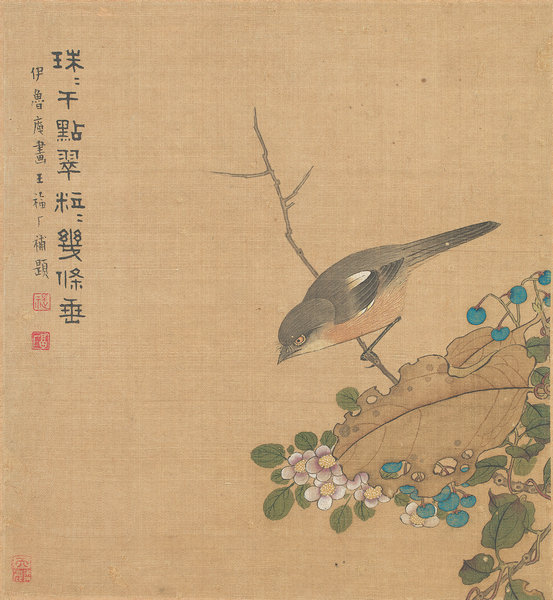
Yuan art

The Yuan Dynasty (1271-1368) saw crucial developments in classic Chinese painting and the rise of great reformers in history. Artists shifted from accurate delimitation of brushwork to layering loose strokes, prioritizing individual expression over adherence to technical rules. Behind this significant change in style stood adventurous figures, such as the "four masters of the Yuan Dynasty" — Huang Gongwang, Wu Zhen, Ni Zan and Wang Meng.
The reformative spirit of Yuan artists is the theme of a long-term exhibition at the Museum of Art and Archaeology of Zhejiang University, in the provincial capital Hangzhou. On show are life-size images of the iconic Yuan paintings housed at museums and institutions at home and abroad. It offers insight into the creative efforts of the artists of the time, who were deeply committed to revitalizing the artistry of Song Dynasty (960-1279) painters and advancing the style of wenrenhua (intellectual painting). The exhibition was made possible thanks to a major initiative by Zhejiang University and the Cultural Heritage Bureau of Zhejiang Province. This initiative is a book series titled A Comprehensive Collection of Ancient Chinese Paintings, which documents and catalogs thousands of traditional Chinese paintings held in collections worldwide.
9 am-5 pm, closed on Mondays. Zijingang campus of Zhejiang University, 866 Yuhangtang Lu, Xihu district, Hangzhou, Zhejiang province. 0571-8707-2306.
Plateau attachment

Since the late 1980s until he died, ink artist Li Xiaoke (1944-2021) traveled frequently to the areas inhabited by the Tibetan ethnic group, including the Xizang autonomous region and Qinghai, Gansu and Yunnan provinces. He took photos, drew, and made prints of the scenery and people he saw and met on his journeys, in which he celebrated his deep love and admiration of nature, the culture and people of the land.
Now, Li's works have returned to where they were conceived. An exhibition opened Wednesday at the Xizang Art Museum in Lhasa, featuring 90 paintings and prints, taking viewers on journeys once made by Li across the Qinghai-Tibet Plateau. There, he was deeply moved by the raw power of nature, the ever-changing landscapes, and the strength of the people who survive and thrive in such challenging conditions. It marks his attachment to the place where he felt motivated to create.
The exhibition, running until Aug 23, also shows his works of Beijing where he grew up and lived. A son of prominent ink artist Li Keran, Li Xiaoke, for decades, continued his father's exploration to modernize ink art and worked hard to build an art vocabulary of his own.
10 am-5:30 pm, closed on Mondays. Old Cement Plant, Doilungdechen district, Lhasa, Xizang autonomous region. 0891-680-0286.
Splendor of strokes

Gathering of Splendor, an ongoing exhibition at the Tsinghua University Art Museum, features selected paintings of the Ming (1368-1644) and Qing (1644-1911) dynasties in the museum's own collection. It shows the diversity of brushwork since the 14th century and artists' varied understanding of the spirit of ink. Meanwhile, the paintings reflect the influence of social and economic developments on aesthetic preferences. It runs until Aug 10.
The flower-and-bird genre of Chinese painting, for example, featured artists who brought the energy of nature to life through their brushwork — portraying birds, insects, wild animals, plants and blooming flowers. Through these scenes, they also expressed their reflections on human nature. Many works include mythical creatures rich with symbolic and auspicious meaning.
9 am-5 pm, closed on Mondays. Tsinghua University, Haidian district, Beijing. 010-6278-1012.